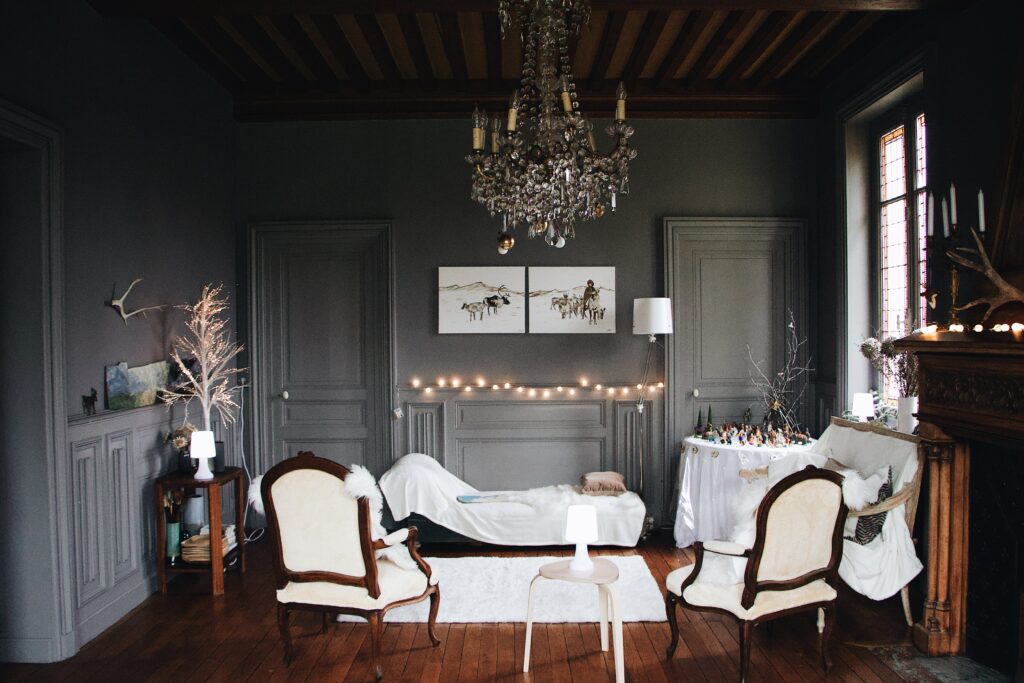
Your house is a blank canvas ready for your artistic interpretation—it’s not simply walls and furnishings. Accent colors are similar to an artist’s brushstrokes in the realm of interior design; they give each space depth, personality, and individuality. We’re going to take a colorful trip through the art of adding accent colors to your living area in this blog. We’ll reveal the keys to turning your house into an enthralling work of art, from comprehending the fundamentals of color theory to offering helpful advice on where and how to utilize them.
Choosing the Perfect Palette
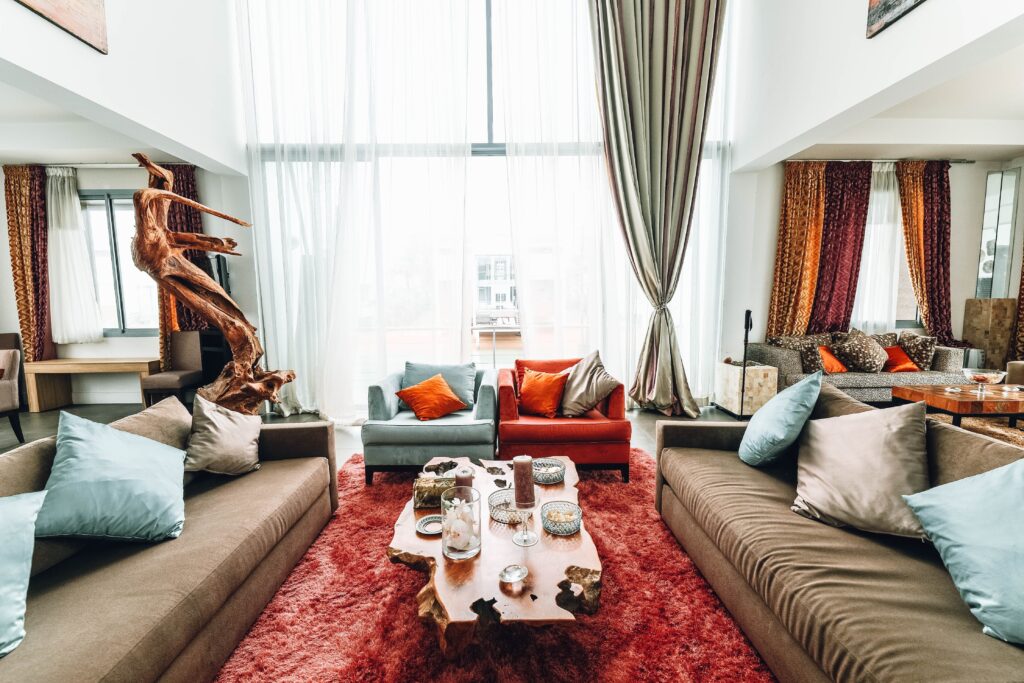
1. The Power of Accent Colors
The interior designer’s magic wand is accent color. They have the amazing power to completely change a room’s appearance and atmosphere. When used effectively, they can represent your particular style, elicit feelings, and provide visual intrigue. Accent colors are your reliable allies whether you’re going for a big, strong mood or a warm, inviting one.

2. Selecting the Right Colors
There is a lot of diversity and breadth in the world of color, so picking the appropriate accent colors requires both art and science. Explore the fundamentals of color theory, which offers guidance on how to create visually appealing and harmonious color schemes. Choosing colors that work with your area and elicit the right feelings can be aided by concepts like triadic colors (equally spaced), analogous colors (neighbors on the color wheel), and complementary colors (opposites on the color wheel).
Creating Impactful Accent Walls And Selecting Your Accessories

3. Accent Walls
See an accent wall as the audacious main character in the narrative of a room. These accent walls act as center pieces, establishing the personality of the space and laying the groundwork for the color story you have chosen. An accent wall with a good paint color or wallpaper makes a room stand out, defines space, adds depth, adds visual interest, makes a design statement, highlights architectural features, is easy to update, and can be personalized.
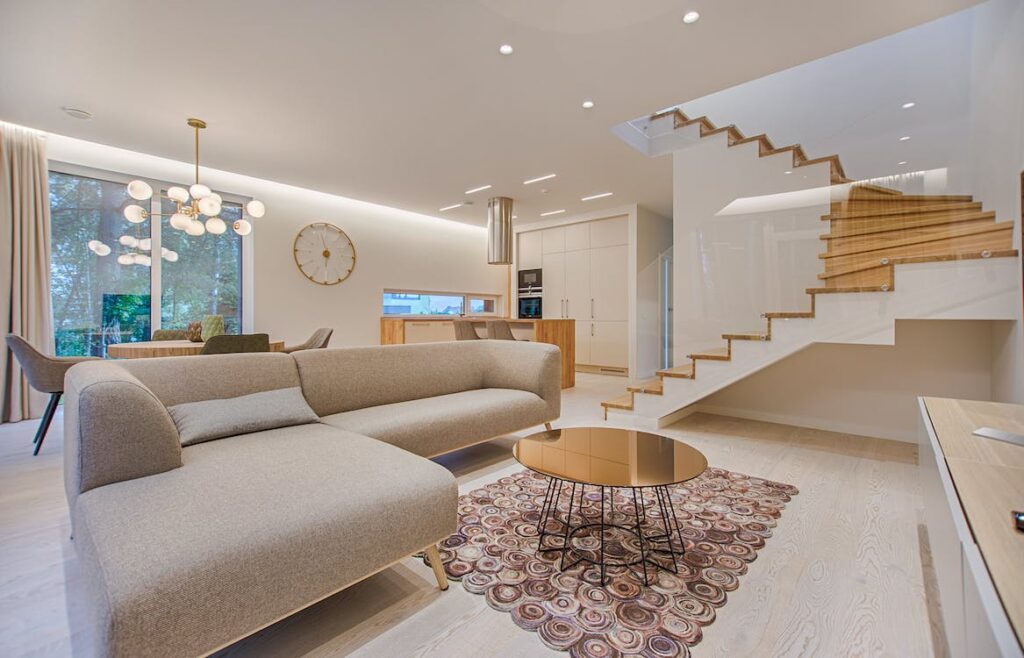
4. Furniture and Accessories
As the adaptable storytellers of your design, discover the world of furniture and accessories. These items can introduce and experiment with different accent color combinations, whether it’s the warmth of an area rug, the embrace of velvety throw pillows, or the elegant lines of a statement sofa. Draw attention to how inexpensive and adaptable these components are, making it simple for you to update your area.
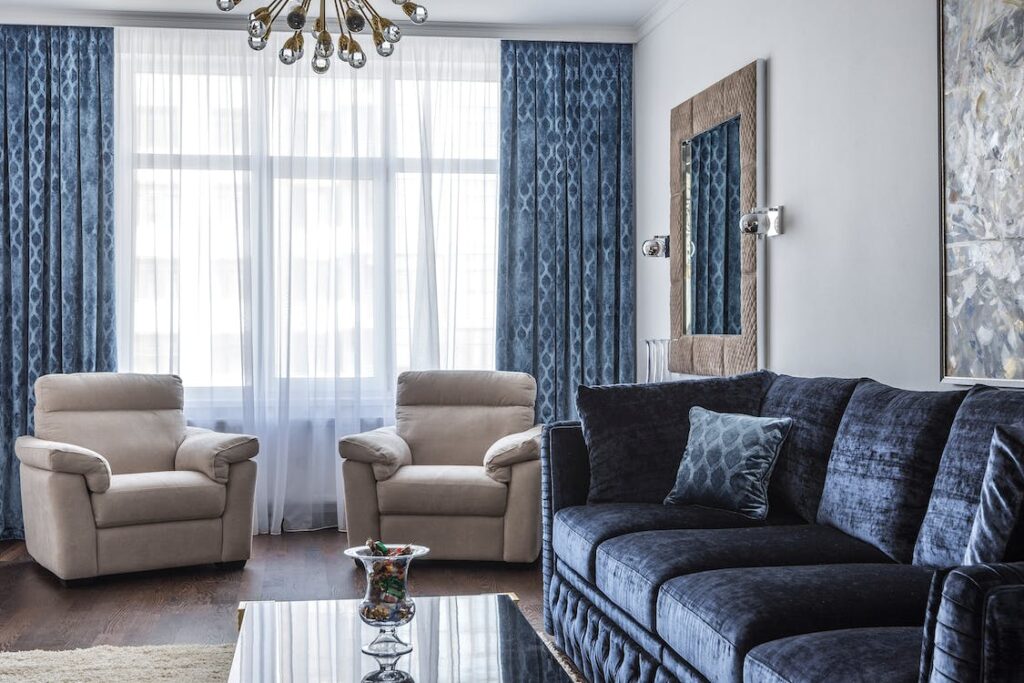
5. Window treatments
Just as windows represent a room’s eyes, window treatments can serve as the attention-grabbing eyeliner that grabs the eye. Curtains or blinds can produce a striking visual effect that defines the character and aesthetics of the space. Bright or contrasting curtains or blinds can transform a room’s look. Functional and decorative, these window treatments add visual interest to the area. Bold or contrasting colors capture the eye and change the room’s tone and character. These window treatments can add individuality and vibrancy to a neutral environment or provide a startling contrast against existing decor.

6. Art and Gallery Walls
Adding accent colors to your home through art is a great way to express yourself creatively. A well-chosen gallery wall can serve as the room’s main focal point. The arrangement focuses attention and provides structure to the design, enabling you to display a variety of artistic creations. A room’s design is greatly influenced by artwork, whether it’s a single piece or a gallery wall. It establishes the room’s atmosphere. A single piece draws attention, and its size, color, and placement affect the room’s mood and balance. A gallery wall with many artworks adds movement and depth. It’s customizable, color-coordinated, and compatible with architecture. Whether you choose a single piece or a gallery wall, art arrangement can shape a room’s aesthetics and personality. Consider making a composition that is balanced or symmetrical and fits the room’s arrangement to improve the design.

7. Plants and Flowers
The color palette of nature is infinite, and adding vegetation to an area is a refreshing way to add accent colors. Fresh flowers and potted plants give dimension to a room. Their presence brings vitality to the area and connects it to nature. A vibrant contrast between indoor design and greenery and flowers adds vitality and freshness. Potted plants and flowers make a room look better and more vibrant. They bring vitality and liveliness to your home as organic accent hues.
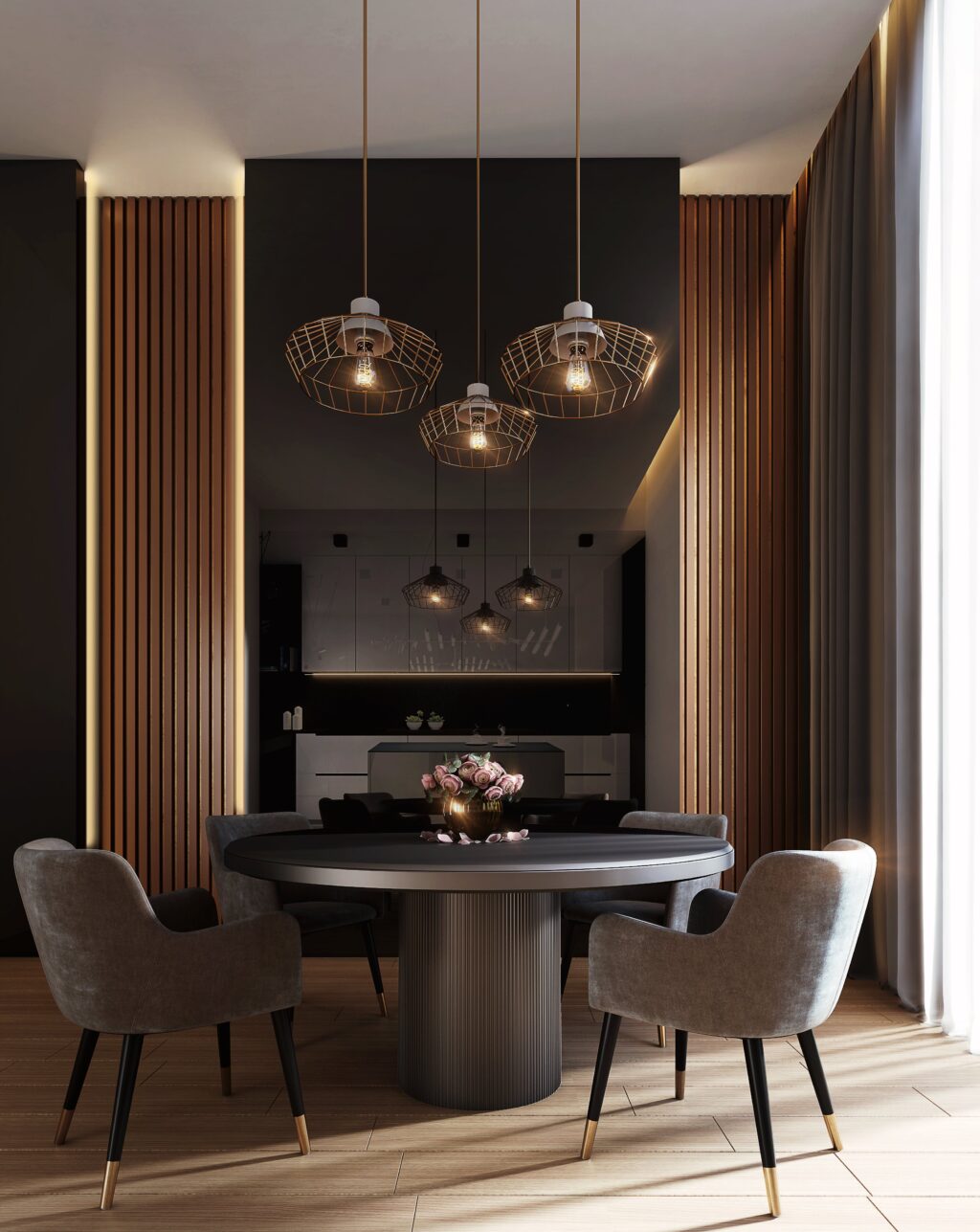
8. Including Trends
Interior design trends are always changing, so it can be motivating to keep current. With a few tips, homeowners may easily incorporate the latest color trends into their interior design. Design sources should be used to keep up with trends. Update throw cushions, drapes, and artwork with modern hues. Adding statement furniture in the latest colors makes a big visual impression. A focal point and room character are created by painting an accent wall in the current color. A unified look requires blending trending colors into the palette. Color blocking and adding new colors to fabrics and furnishings can also help you adapt to trending colors. These methods let homeowners follow color trends while personalizing and styling their homes. Whether it’s the rich, earthy tones of fall or the delicate pastels of spring, give examples of this season’s hottest accent colors.
In summary, accent colors are the unseen component in interior design that may give the style of your house a whole new dimension of refinement and individuality. Their addition of depth, character, and a distinct story to each room turns your living area into an enthralling piece of art. You may design a place that expresses your individuality and inspires the desired feelings by knowing the fundamentals of color theory and knowing when and how to use accent colors. So unleash your inner artist and transform your house into a vibrant work of art!